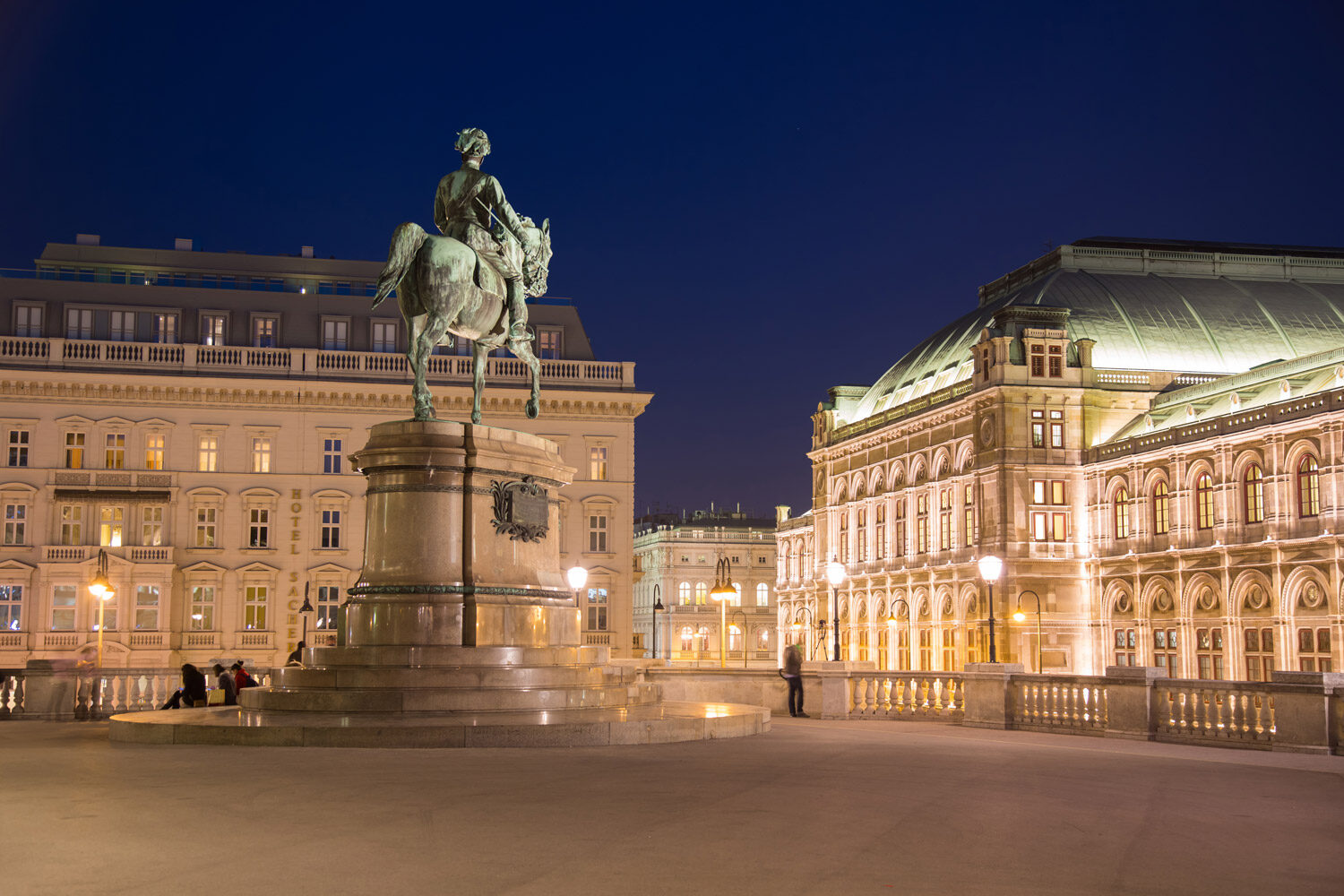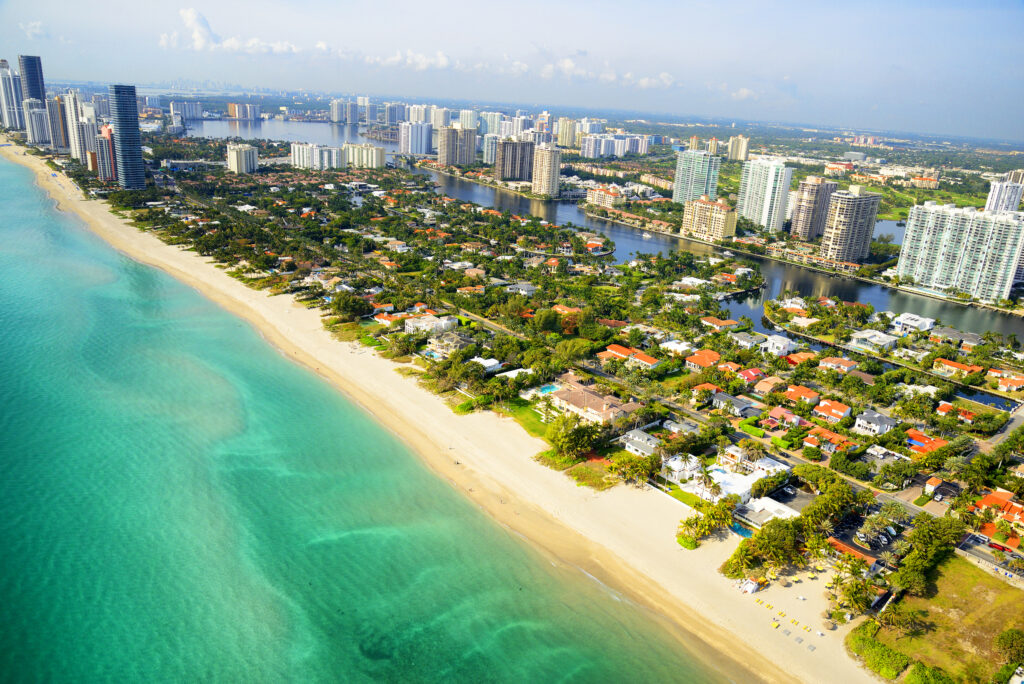
City Guide: Vienna
Frequently voted as one of the world’s most-liveable cities, Vienna remains one of the most satisfying cities to visit if you’re looking for a quick getaway.
With so much to see, eat and drink in the Austrian capital, you may well find yourself planning a second visit before you’ve even come home.

Ringstrasse Tour
If you’re visiting Vienna for the first time, it could take you a while to come to terms with the splendour all around you. A quick way of ticking off some of the must-see sights is a 25-minute round trip on the yellow Ring Tram (Wiener Linier). Journeying around a UNESCO-approved boulevard, you’ll get a glimpse of the city’s architectural highlights: Vienna State Opera, Parliament, City Hall, Museum of Fine Arts and the Stock Exchange. Not to mention the many decorous palaces dotted in between.

Running every half-hour from 10am to 5:30pm, the Ring Tram also comes with an audio guide that will give you the rundown on what you’re seeing, and the significance to this regal city. You’ll notice evidence of Vienna’s time as a medieval walled city to it emergence as the centre of an immense European empire. Today, all of these wonderful sights remain part of a beautifully bright, modern and green city.
Hofburg Palace
Vienna offers no shortage of palaces and ornate buildings to experience during your visit. If you’re determined to pack in as much as is possible, put the Schönbrunn Palace and Belvedere at the very top of your list. Belvedere is home to one of Vienna’s most impressive museums.
However, if you’re looking to get right into the thick of old Viennese extravagance, don’t miss the Hofburg Palace. Once the focal point of the Austrian empire, the Hofburg now stands as the official seat of the country’s President. There are a number of intriguing rooms to discover. The Palace’s Imperial Silver Collection gives visitors a first-hand look at how the European elite would have dined. The collection includes over 7,000 items of dinnerware, some of which are still used in state banquets today.
Additionally, a museum dedicated to the Empress Sisi will give you the low-down on day-to-day activities in this elaborate home. With over 300 of her personal items, you’ll get an incredible insight into everything from the clothes she wore, to the intricacies of her imperial carriage. Designed in a style that reflects the most fashionable trends of the day, the splendour in which the Austrian monarchy once dwelt will be an eye-opening experience.
Josephinum
A rather strange little place, Josephinum began life as a purpose-built medical academy for army surgeons. Today, it is one of Vienna’s most unusual museums. Housed in a wonderfully ornate building dating back to the late 18th century, the exhibitions can seem a little odd at first. There are 200-year-old anatomical models made of wax. What were once vitally important teaching aids have since become strangely realistic dummies that allow you to see all the inner-workings of the human body. Things begin to get a bit terrifying when you come to the medical instruments! Actual tools used to help and heal the wounded two centuries ago, you’ll be relieved to know they’re no longer in use.
Naschmarkt
A visit to the famous Naschmarkt is essential. It’s the perfect place to sample local and exotic cuisines, or just sit around and people-watch to your heart’s content. This vibrant city market has been a popular destination for quite some time now. Commencing business in the 16th century, the Naschmarkt has since been the place where things get done in the Austrian capital. At one point a central hub of the powerful Austrian empire, people from all walks of life would buy and sell their goods in these wonderfully colourful surroundings.

If you’re looking for a particularly special day out, try to come by the market on a Saturday. Boasting a flea market that will keep you busy, it’s a great place to wander around and pick up unique gifts.
Food & Drink

Café Central
As much a setting of unrivalled historical importance as a place to get coffee and cakes, Café Central once counted everyone from Leon Trotsky to Sigmund Freud amongst its clientele. Priding itself as the ‘real’ centre of Vienna, the café is less than 10-years shy of celebrating its 150th year in business. In a beautiful setting, you’ll soak up the historical surroundings while working your way through their eclectic array of treats.
Wiener Schnitzel
Like their German cousins to the north, Vienna doesn’t mess around when it comes to meat. A fried delicacy, the wiener schnitzel is one of Austria’s most well-known dishes. Unrivalled comfort-food, this schnitzel, much like strudel, can be found all over the Austrian capital. Depending on what time of year you’re making your trip, Schnitzelwirt will offer you with a lovely outdoor setting where you can enjoy the meat-feast. If you’re feeling a little adventurous with how you take your schnitzel, they offer a range of 15 different types for you to try.

Apple Strudel
You won’t need to go far to find somewhere selling this traditionally Viennese dish. If you’re really looking to experience the dessert somewhere special, Kaffee Alt Wien will not disappoint. Widely regarded to provide some of the best strudels Vienna has to offer, the extremely welcoming surroundings may see you hanging around to sample their dinner menu as well.
Sturm
Austria is famous for its many fine wines and beers, but something to look out for if you visit in the latter months of the year is Sturm. Only available from the end of September into mid-October, Sturm is a curious little wine that can’t be corked. Due to a rapid fermentation process, the bottles can’t be sealed as they would otherwise burst. The refreshing drink isn’t overly strong, but given that it needs to be consumed sooner rather than later, you do tend to get through quite a bit of it.






